There are many benefits to growing a fall garden. Successful harvests, though, rely on knowing when the planting window is in your area.
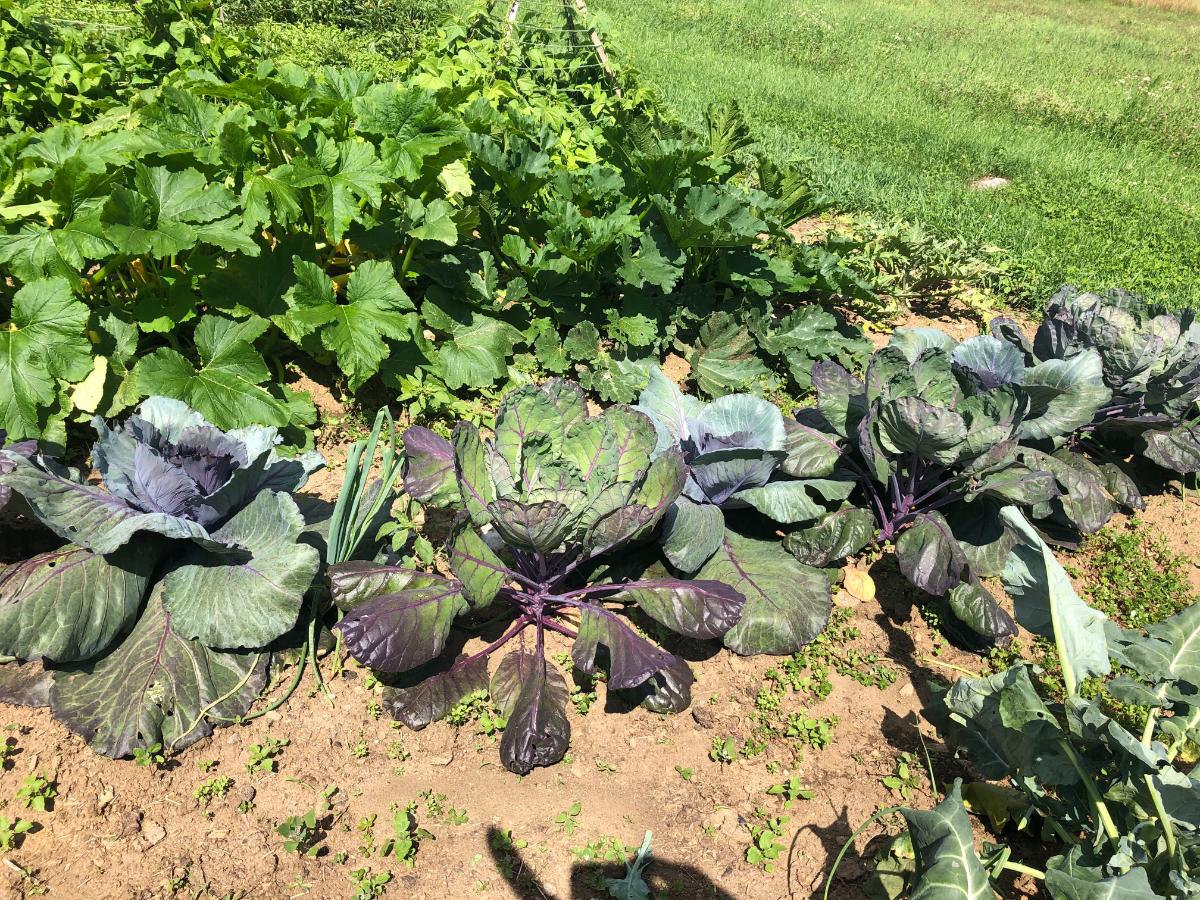
Planting windows can be estimated by calendar dates, but they don’t always follow the calendar the way they are “supposed” to.
The window will also vary greatly from one location to another. In the south and even into a good stretch of the north, you can grow hardier vegetables through the fall and into the winter.
There are a few key factors that can help you determine if you’re in a good window for planting vegetables for fall or winter harvest. With a little information, you can decide if there is enough good weather ahead of you to not only make plants grow but for them to grow to the stage of harvesting.
Jump to:
- Three Key Factors for Fall Vegetable Planting
- Factor 1: Days to Harvest
- Factor 2: Frost Sensitivity
- Factor 3: Soil Temperature for Fall Vegetable Gardening
- Cool season plants and the temperature rule of thumb
- Best Vegetables to Plant for Fall and Winter Planting and Harvesting
- Tips for Successful Fall Garden Growing and Harvesting
Three Key Factors for Fall Vegetable Planting
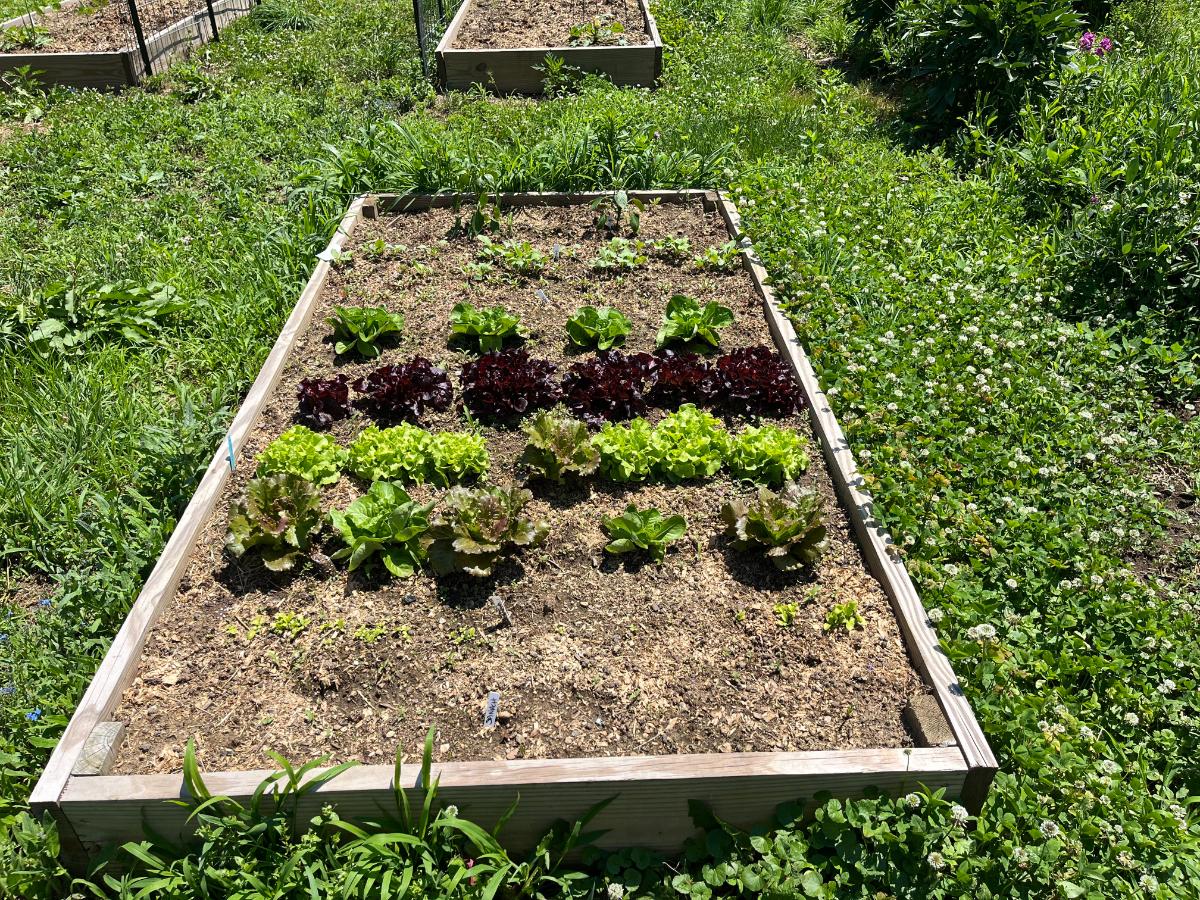
These three key factors can be used alone or together, depending on what you are planting. For the best results, consider all three when you’re planning fall (or even winter) planting projects.
Depending on what you are planting, some may not apply, or may not apply as significantly as another factor.
More on this under the description for each.
Factor 1: Days to Harvest
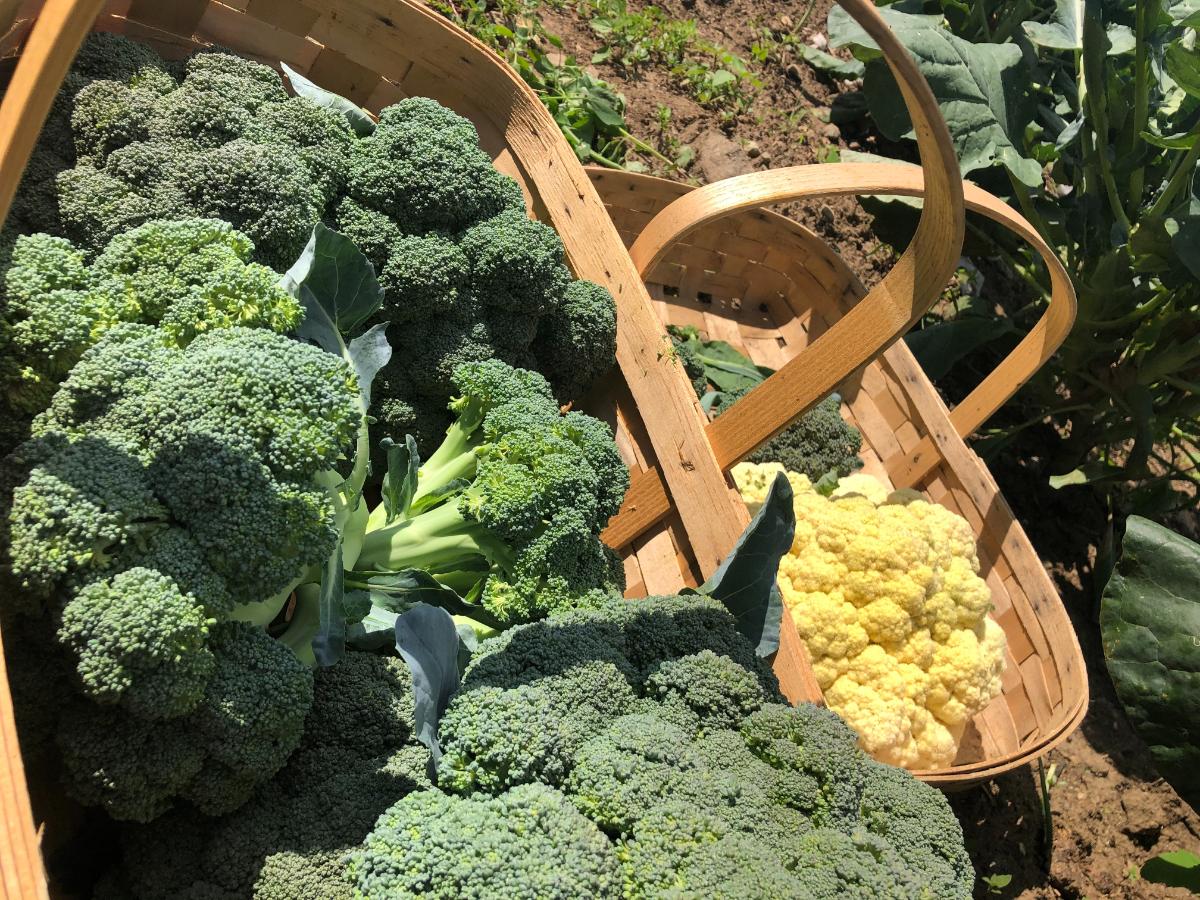
The first thing you want to look at is the “Days to Harvest” for the vegetables you want to grow in the fall.
If the vegetables you are planting cannot finish to some stage of picking and harvesting before your frost or hard freeze hits, there’s no use in trying to plant them.
When you are looking at days to harvest, add one to two weeks to the estimated time. Unlike when you plant in the spring, the days are getting shorter, and growing periods are shortening, which means that the daylight hours and degree days are less.
This often results in a longer-than-expected number of days to harvest. Build in some time for a buffer to accommodate slower growth.
Consider days to harvest with frost sensitivity in mind. If the plant is not frost-sensitive and will continue to grow after frosts, you will still have time to grow it to a harvestable stage.
Frost-sensitive plants should only be planted if there are enough estimated days left to harvest before you think frost will hit. See number two for more on this!
Factor 2: Frost Sensitivity
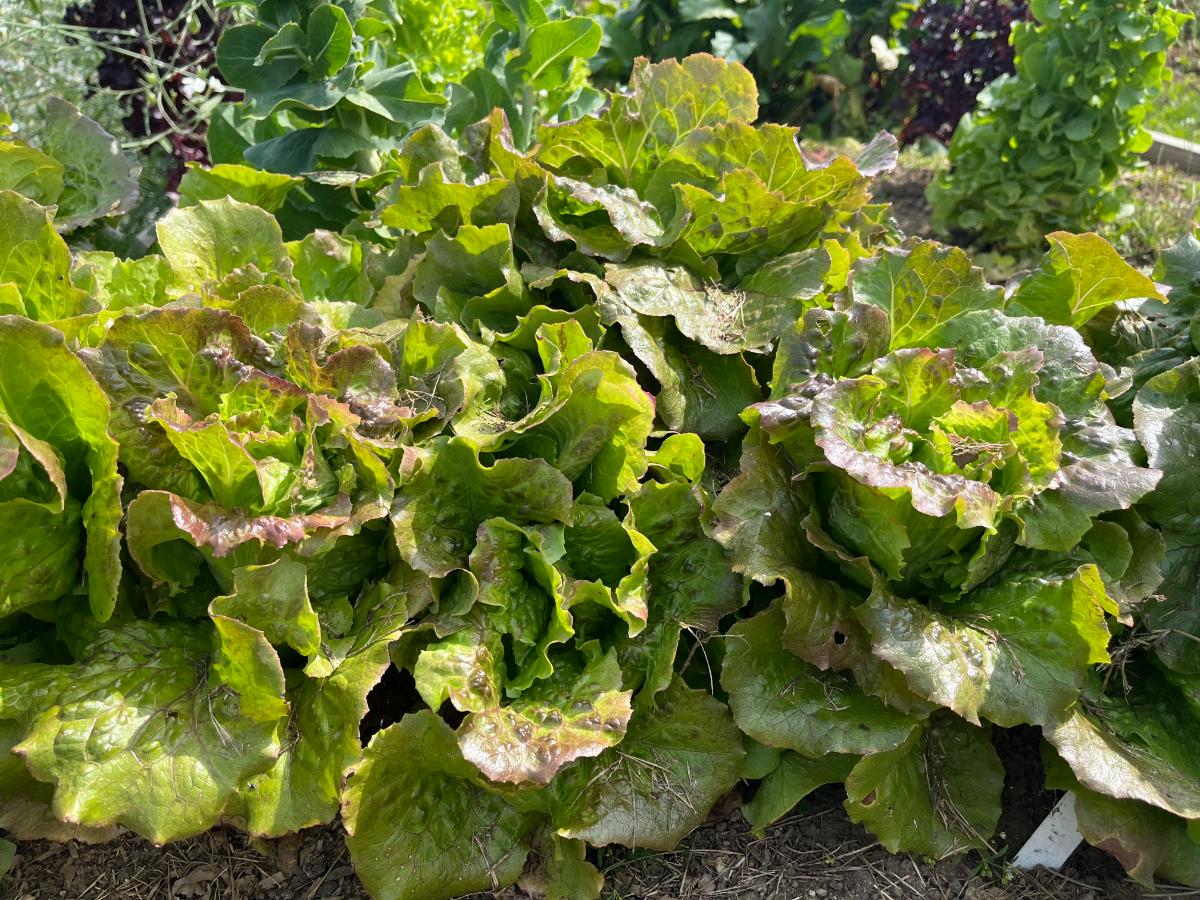
You need to know your estimated first frost date for frost-sensitive vegetables.
You also need to know which plants are frost sensitive, and which can survive and continue to produce and grow through a frost.
There are certainly a number of vegetables that are frost tolerant and will grow even after frosts hit.
Some top fall frost-tolerant plants are brassicas like broccoli, cauliflower, kale, cabbage, and Bok Choy, and greens like leaf lettuce, arugula, and spinach.
Many roots and legumes like peas are frost tolerant and make good fall crops, too.
However, you should not attempt to grow warm-season crops in the fall. They take too much time and are too sensitive to frost and lower temperatures. Don’t attempt peppers, eggplants, tomatoes, and similar warm-weather-loving plants.
Season extenders (like frost fabric and row covers) can help keep even frost tolerant plants a little warmer and help them to grow faster through the fall.
Season extenders and frost fabric will protect frost sensitive plants through the first few light frosts. But those are really only to keep established plants growing; don’t try to rely on coverings for warm season crops for new plantings of these vegetables.
Some vegetables actually improve in flavor quite a lot if they are maturing or growing after frost -- check out these 17 frost-improved vegetables!
Factor 3: Soil Temperature for Fall Vegetable Gardening
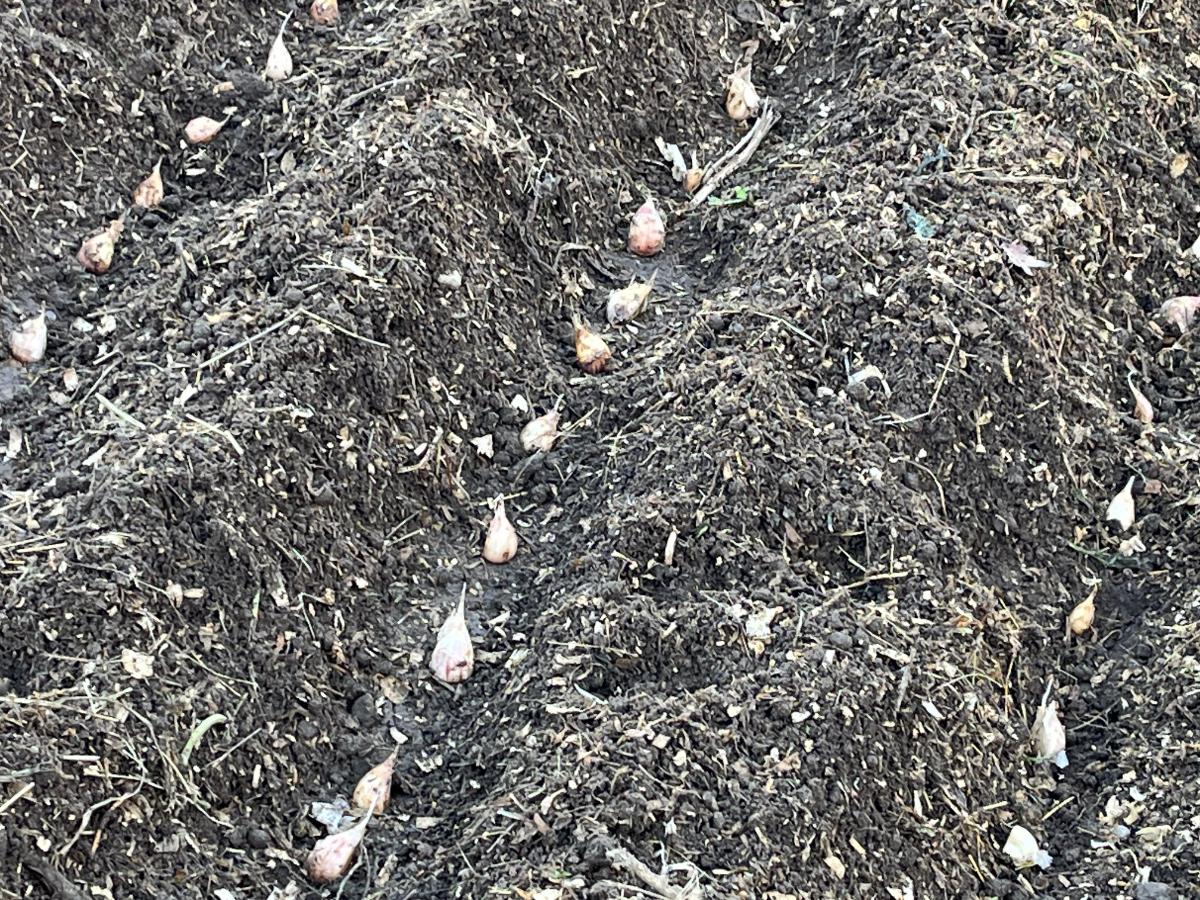
The third and one of the most reliable measures for fall planting is the soil temperature. Germination occurs for different plants at different temperatures.
Also, root growth is important, and seeds and roots are very responsive to the temperature of the ground soil. In fact, some plants stop growing or won’t germinate when the soil temperature is too high.
Soil temperature is becoming a more reliable measure because our climates, local weather, and frost dates are changing. They (frost dates) are also estimates, and more and more, what we’re finding as gardeners is that if we stop planting based only on estimated frost dates, we end up cheating ourselves out of many weeks, and sometimes even months, of potential growing.
Soil temperature stays stable for longer than air temperature does. It takes a long time for the soil to cool down in response to cold, even if you get cold frosts.
So, for plants that can take frost, warm(ish) soil temperatures can keep them growing and producing for a very long time. This is especially true for root vegetables, brassicas, and cold-tolerant plants.
Cool season plants and the temperature rule of thumb
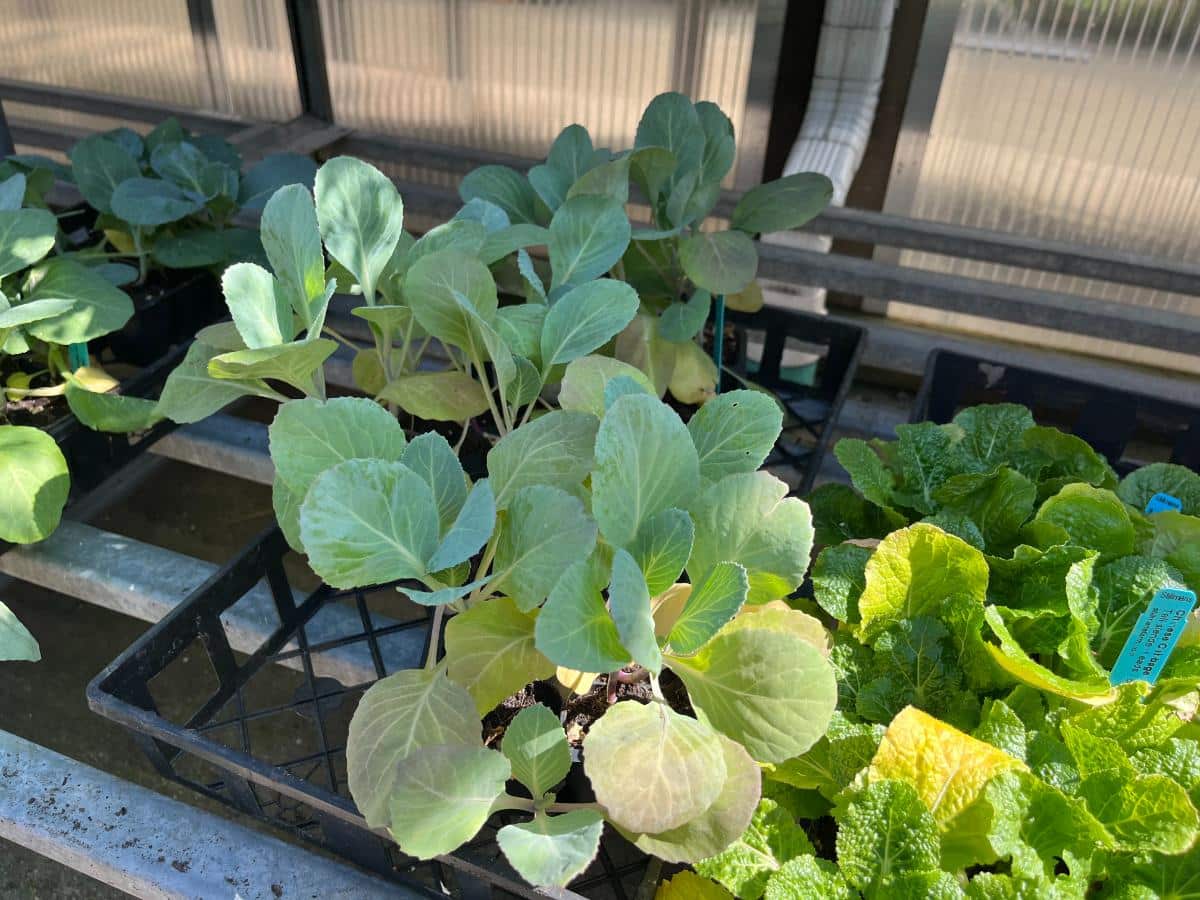
For cool-season plants, 50 degrees Fahrenheit is the rule of thumb. If the soil temperature is 50 or above two to four inches down in the soil (or the depth of the seed or transplant), then roots will still grow for cool season plants.
Many will continue to grow at even lower temperatures of 40 to 45. Some will grow slowly even at lower temps than that.
Use 45 to 50℉ (7.7 to 10℃) as your guide for soil temperature for fall planting. Look up the soil temperature for what you want to grow. And if you’re really adventurous, see how far you can push the boundaries!
Minimum or low soil temperature ranges for cold-loving plants
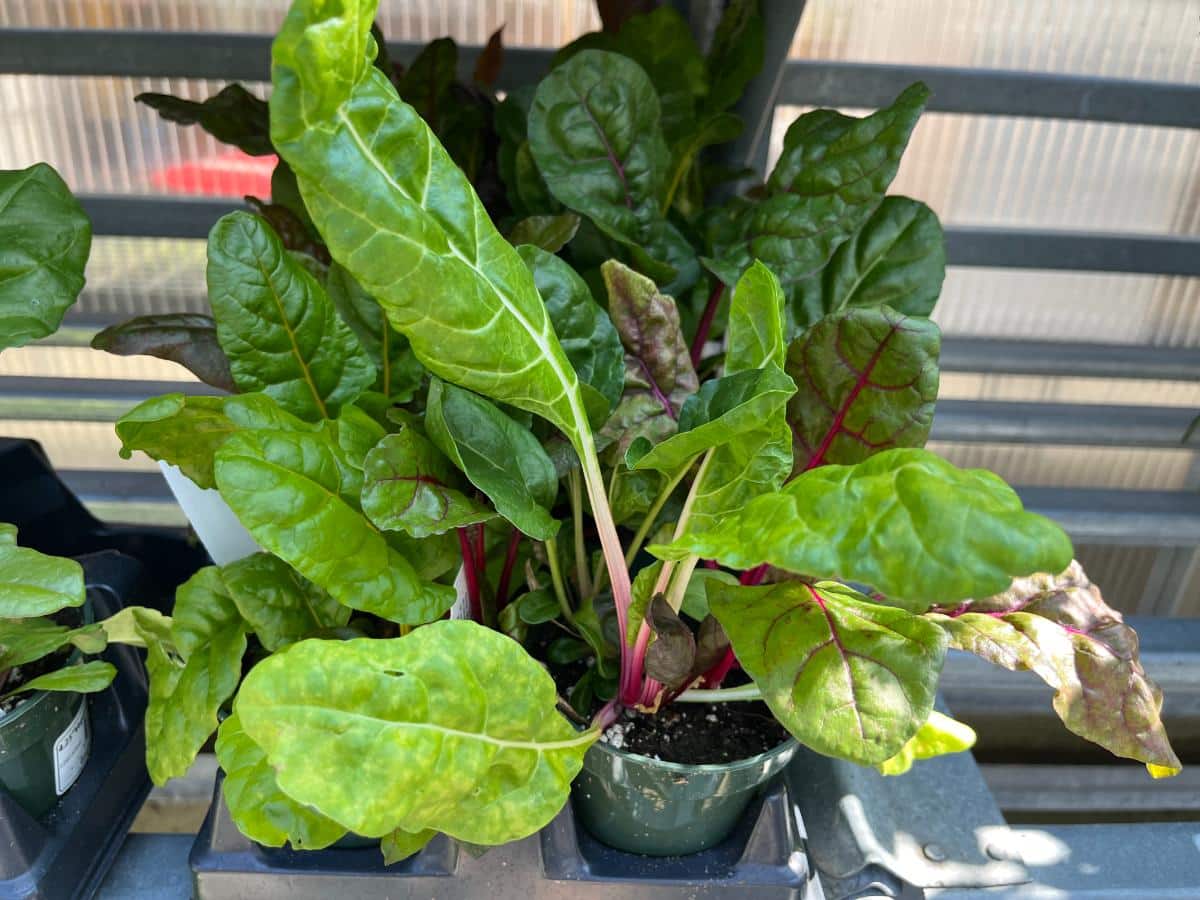
Some minimum soil temperatures for different cool seasons fall vegetables are as follows:
- Beets 40 to 45℉ (4.4 to 7.2℃)
- Carrots 35 to 45℉ (1.6 to 7.2℃)
- Chard 40 to 55℉ (4.4 to 12.78℃)
- Broccoli 40 to 55℉ (4.4 to 12.78℃)
- Kale 40 to 55℉ (4.4 to 12.78℃)
- Cauliflower 40 to 55℉ (4.4 to 12.78℃)
- Cabbage 40 to 55℉ (4.4 to 12.78℃)
- Peas 40 to 45℉ (4.4 to 7.2℃)
- Radishes 40 to 45℉ (4.4 to 7.2℃)
- Parsnips 35 to 45℉ (1.6 to 7.2℃)
- Turnips 40 to 50℉ (4.4 to 10℃)
- Parsley 35 to 45℉ (1.6 to 7.2℃)
- Lettuce 35 to 45℉ (1.6 to 7.2℃)
- Spinach 35 to 45℉ (1.6 to 7.2℃)
Best Vegetables to Plant for Fall and Winter Planting and Harvesting
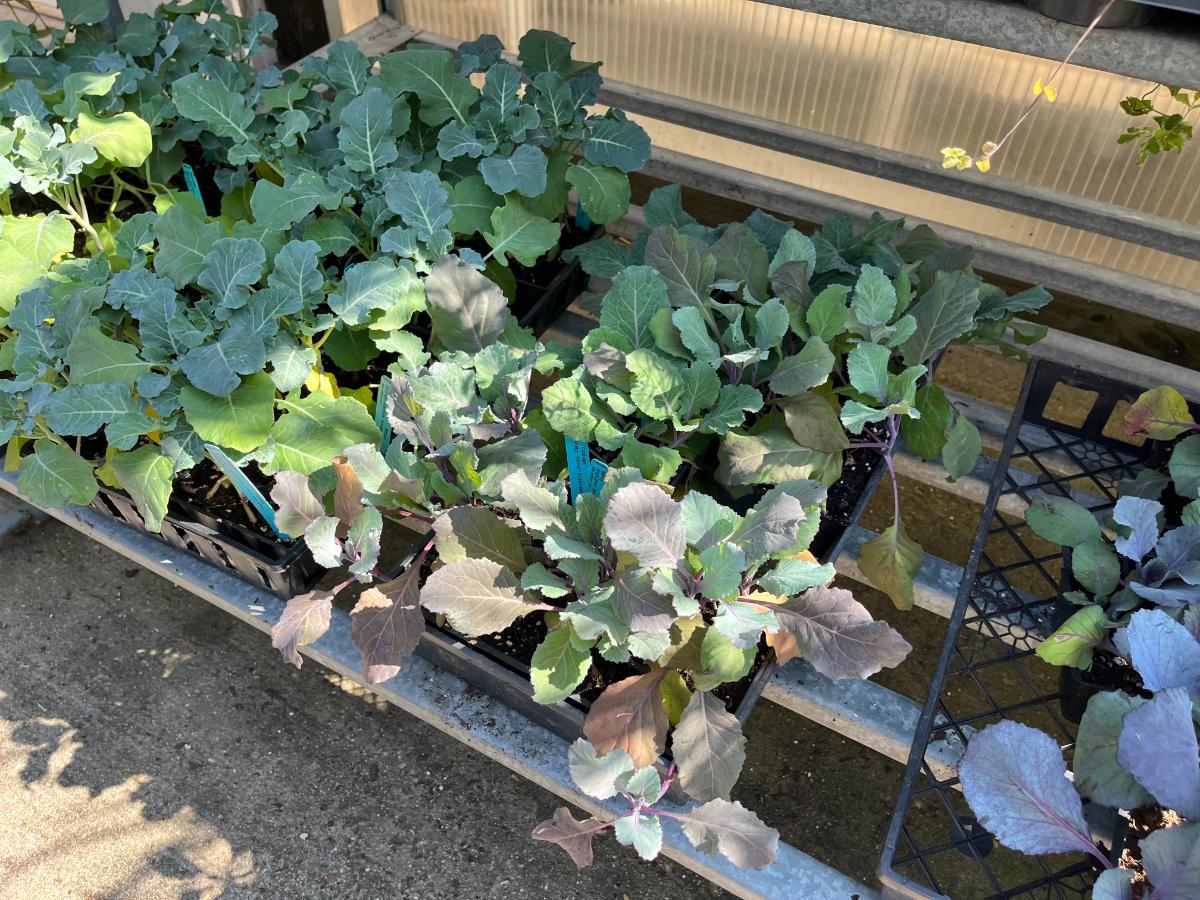
The best vegetables to grow for a fall and/or winter harvest are those that like cool weather, those that grow better in the cooler months (like early spring or fall), and those that will not be killed off by frost.
These are vegetables that thrive and grow in soil temperatures above 45 to 50 degrees Fahrenheit. They include:
- Peas
- Lettuce
- Spinach
- Greens
- Radish
- Arugula
- Mustard
- Kale (grown from transplants)
- Chard
- Leeks (grow from transplants; may need to leave into or through winter)
- Onions (may need to be picked as baby onions or green onions and should be started from sets; can also overwinter for spring growth like garlic does in zones down to about 4 or 5 and their equivalents)
- Parsnips (take a long time to grow but can overwinter and are sweeter after winter harvesting)
- Turnips
- Garlic (for late spring harvest next year)
A good way to think about what to plant in the fall is to think about the plants that don’t do well through the heat of summer. Think about the plants that tend to bolt as soon as the weather gets warm. More often than not, those are your ideal plants for fall and winter harvesting.
Also think about which plants can be harvested in a short amount of time -- within three to six weeks. Those are more likely to be able to grow to a harvestable stage in the shorter days of fall.
Tips for Successful Fall Garden Growing and Harvesting
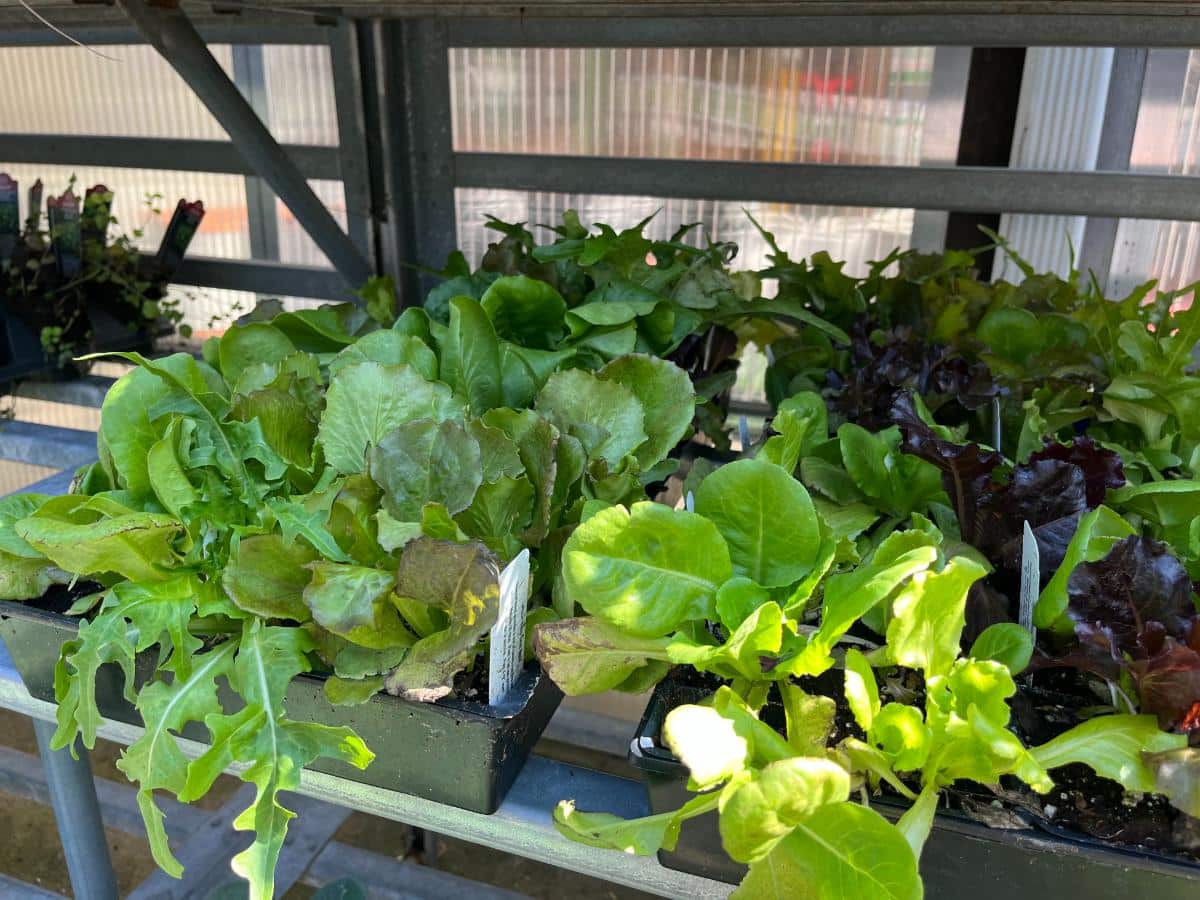
- Choose shorter-day varieties to hedge bets that the plants will mature and finish for harvesting
- Plant things that can finish in a 3 to 6-week window
- Plant things that can be harvested early if the weather turns on you unexpectedly (for example, greens and lettuces that can be picked and eaten in baby stages or roots that are good as tender, small young crops, like beets)
- Start from transplants rather than seed when it’s sensible to do so
- Root vegetables don’t typically transplant well, so they aren’t great transplant candidates, but they can continue to grow in the ground with temperatures as low as 35 to 40F
- Presoak or presprout seeds that you’re direct sowing for a faster start (time is more precious in the shorter fall growing season)
- Build in some buffer in timing and give your plants (especially above-ground, vegetable-bearing plants) an extra week or two from what the days to harvest say
- Shortening day length and reduced sunlight impact days to harvest, and plants will take longer to mature than they would in the reverse situation of spring to longer summer days
- Use season extenders like frost fabric to keep plants warmer and speed up growth in the fall (especially at night)
- Do some research to see what people grow in your area for fall and winter harvest
- Keep in mind that a “fall garden” or “winter garden” refers to when you pick or harvest those vegetables, not to when they should be planted

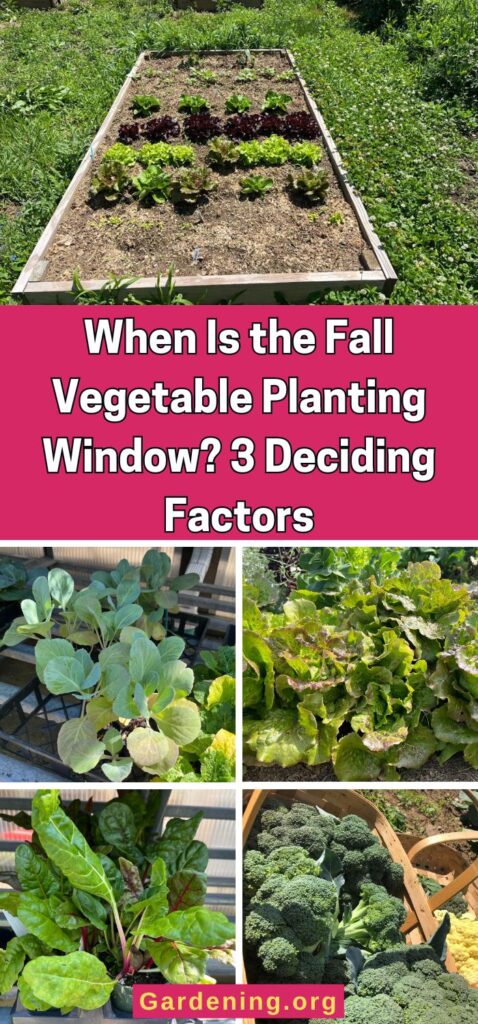
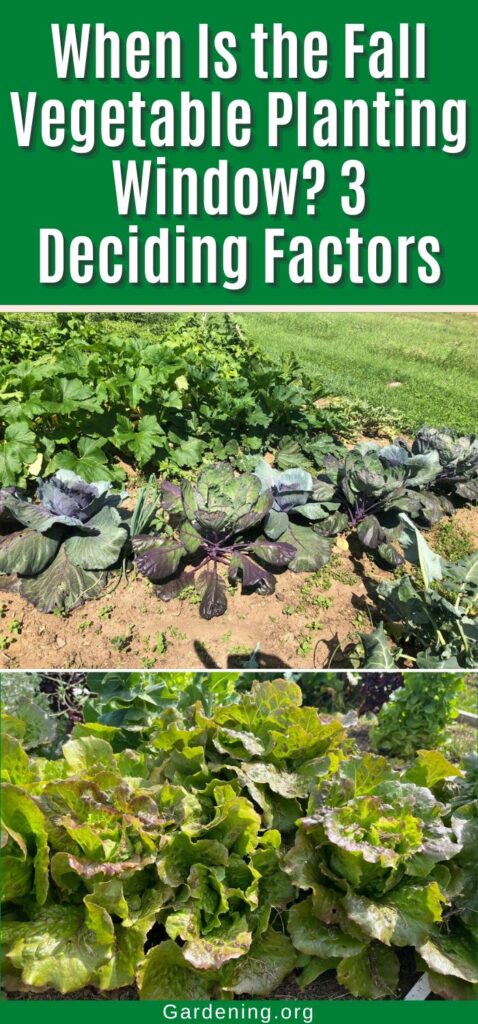
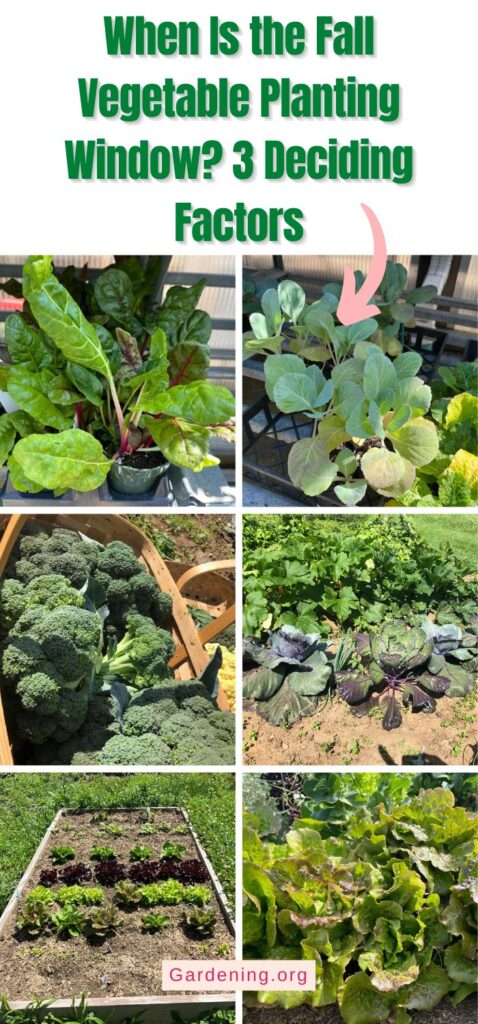
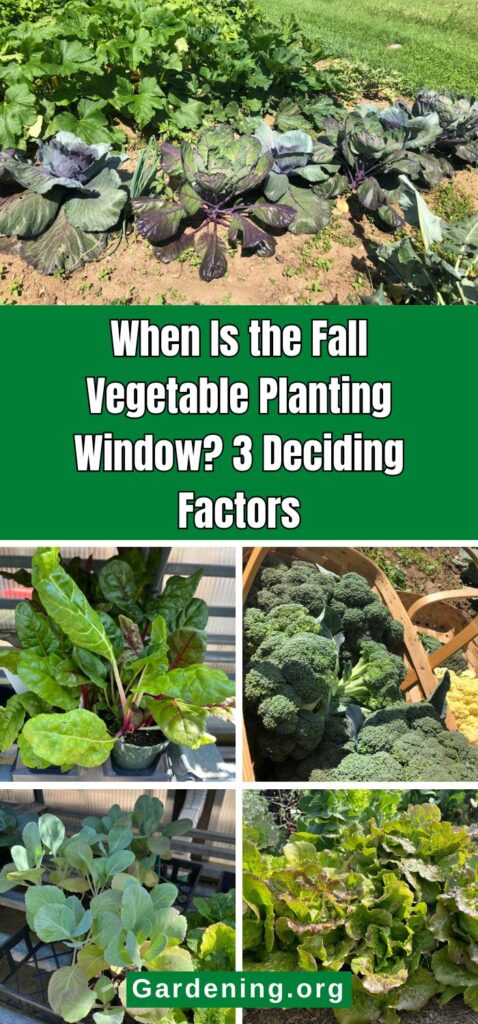




Leave a Reply